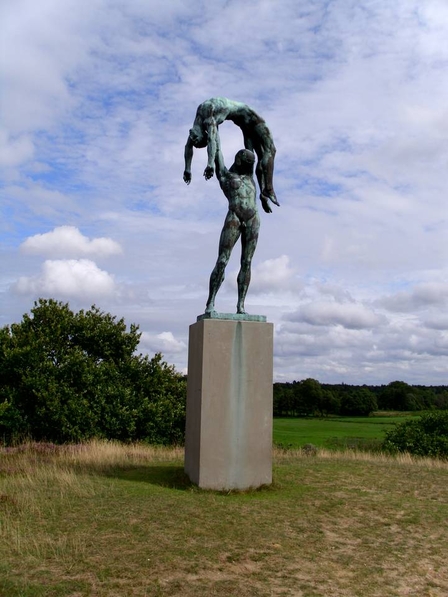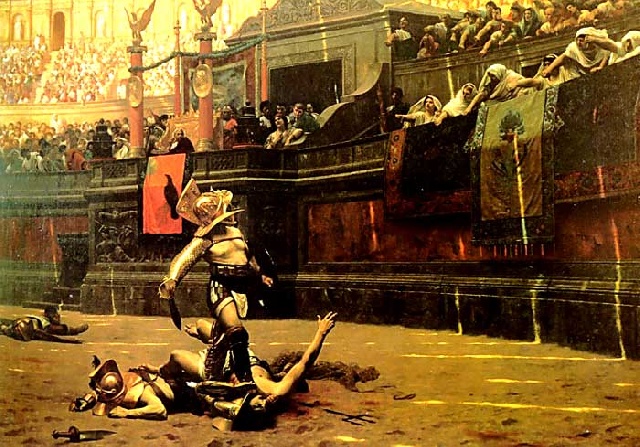Inscribed R.Tegner in the bronze and stamped with the COLIN PARIS foundry mark, and BRONZE
34 ¾ in (88 cm) high
Provenance
The collection of a European nobleman
The collection of Lord Parmoor, Wiltshire, England
Literature
Skulpturer, Rudolph Tegner Museum, p.92, cat. no.225
A plaster version of Victory (552 cm high) was made by the artist in 1921, and a unique bronze version of the same height was also produced that year. The present example was one of an edition, presumably produced shortly after the model’s initial conception. Bronzes by Tegner are uncommon, and this example with its well-defined casting and deep patina is in exceptional original condition.
Tegner is closely associated with the Symbolist movement. He visited Greece and his tour of the Acropolis and Greek antiquities became an enduring source of inspiration, with mythology a reoccurring theme in his sculpture. He was also particularly impressed by Michelangelo’s sculptures in the Medici Chapel, and strongly influenced by the ideas and philosophies of Friedrich Nietzsche through the writings of Georg Brandes.
Tegner lived in Paris from 1893 to 1897 where he came into contact with other Danish artists of the period such as Jens Lund and J.F. Willumsen, engaging in the dominant movement of the time, Symbolism. His use of Greek mythological subject matter for heroic and tragic figures is realized in the trilogy Guddommen and Mennesket (The Divine and The Human). Tegner claimed that, ‘the most monumental, the most beautiful, lies in the tragic’. His sculptures often sparked controversy and caused much debate in Denmark. Characteristically monumental in form, they are often striking and provocative.
In 1916, Tegner acquired barren uncultivated land in New Zealand near Helsingør and built the Rudolph Tegner Museum sculpture park dedicated to his work in this bleak landscape. From 1917 on he installed a number of his sculptures there, mainly on classical themes. In November 1925, the bronze version of Victory was placed there. He also created a building in an uncompromising minimalist style to function as a museum for his work. He is buried in a mausoleum at the centre of the complex.


















